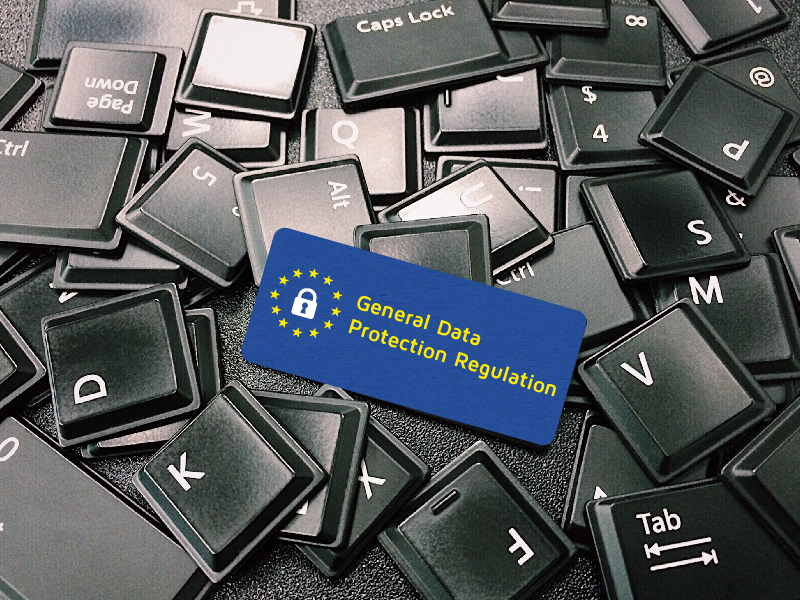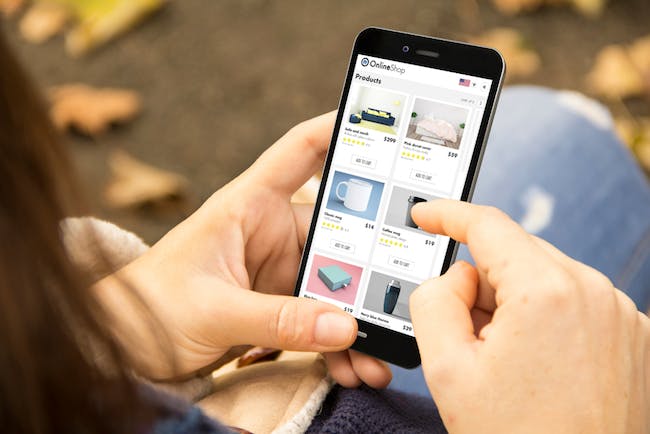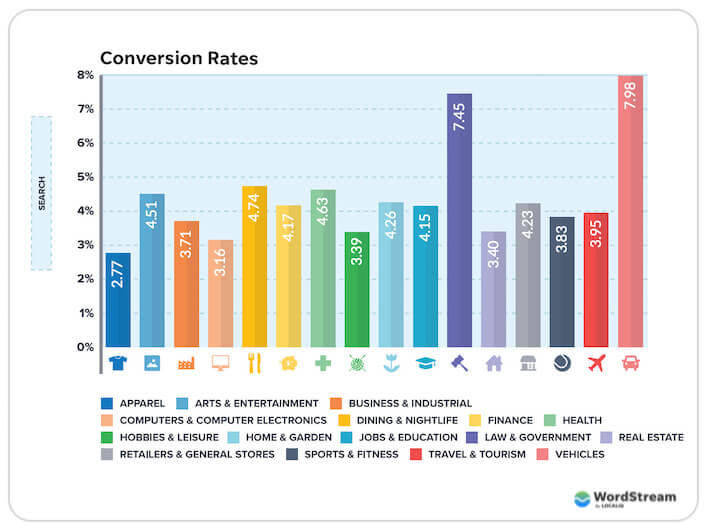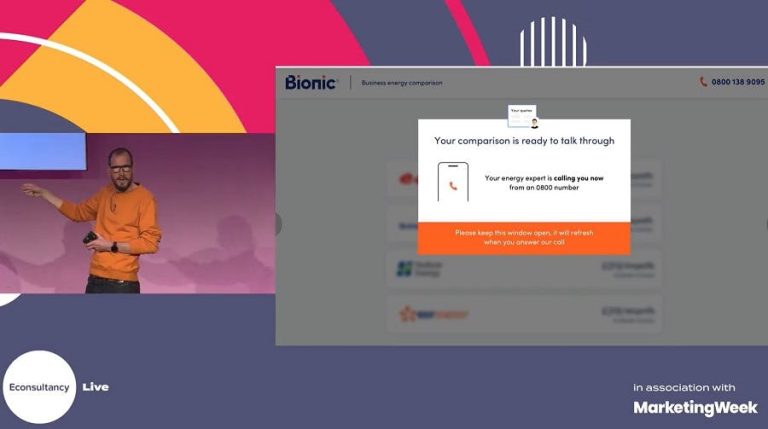Blog/Privacy

So, what does that mean for your email automation? Your analytics suite? Your UX surveys?
That being said, here’s the breakdown.
Heck, on average, marketers use at least 12, distinct, external tool sets to do our jobs. And if you work in conversion rate optimization, or deal heavily with analytics—that numbers probably a lot higher.
Here, we’ve outlined over 70 marketing tools—and rounded up what their organizations have to say about GDPR. We’ve also made suggestions as to whether you’ll need to solicit user consent, to keep running them.
Marketers. We love our tools.
It’s time to ensure the tools you rely on are complaint.
And there’s a lot more under that umbrella of “personal data” than there used to be. Cookies count. IP addresses count. Any unique identifier counts.
Now, more than ever, you’re responsible for how you collect personal data, how you secure it, and how you ask for consent to have it.
Open the document in a new window
- Structural limitations. Now, unless a user specifically opts-in to sharing personal data, you can’t collect it. So make sure your software allows you to only track users who opt-in to cookies, or only email users who opt-in to receive offers.
- Is it worth it? If you’re paying a lot for software that will now require consent—make sure you’re getting enough data to justify the purchase. Studies show only around 20% of users will opt-in to tracking cookies under GDPR. So if you 21% doesn’t get you enough traffic to justify running, say, a personalization—you might want to reconsider.
Originally published March 30, 2018 – Updated January 21, 2022
With GDPR, this can be a problem.
If the software requires consent to run, a few things you have to consider:






